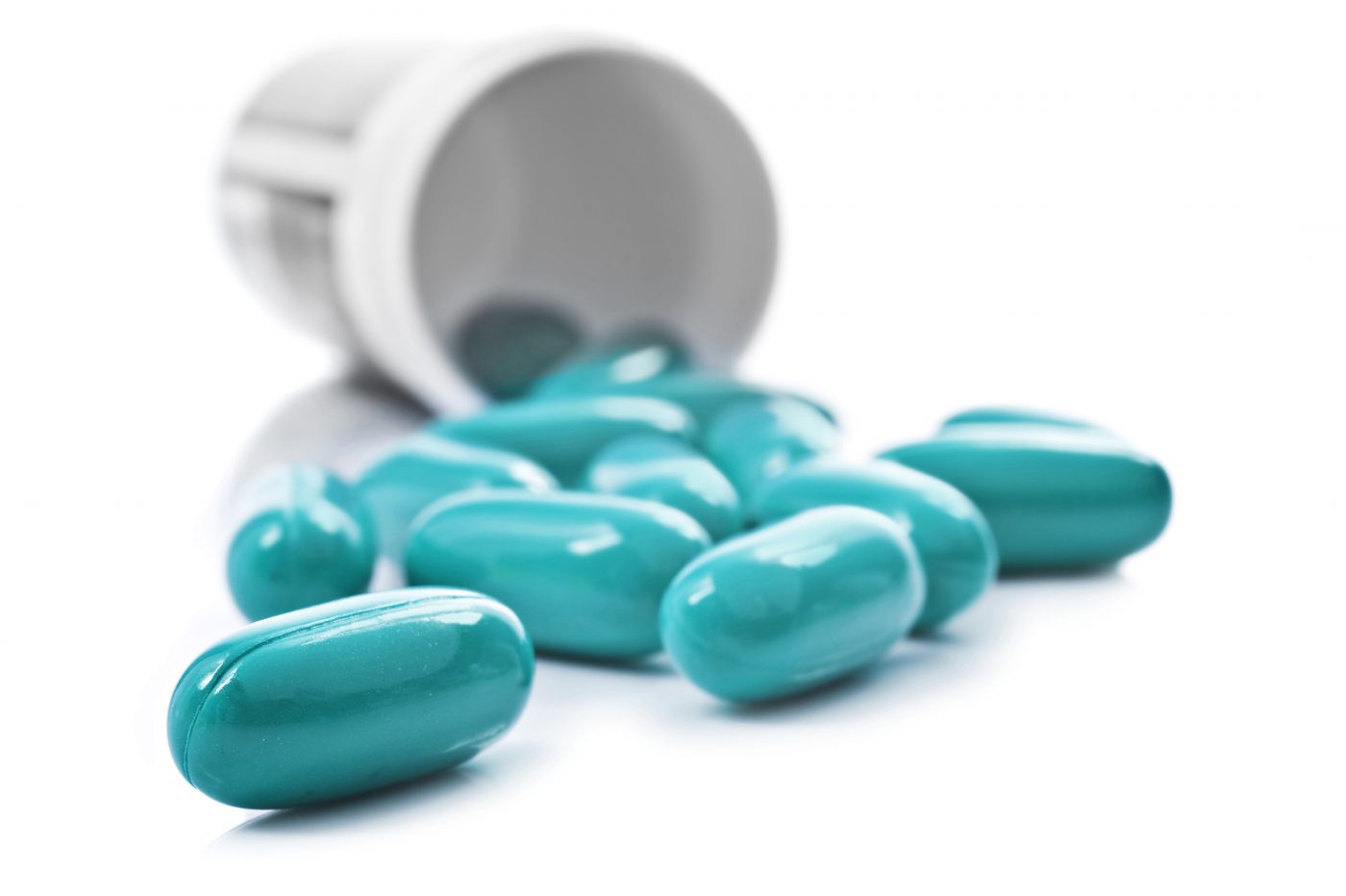Results from a recent phase 2 study published in the journal Cancer showed that temsirolimusin combined with bortezomib is efficient and safe in patients with heavily pretreated B-cell non-Hodgkin’s lymphoma.
“For many types of non-Hodgkin’s lymphoma, there remains a significant unmet need for additional treatment options, especially in the relapsed and refractory setting,” Timothy S. Fenske, MD, associate professor of medicine at Medical College of Wisconsin, said in a recent news release. “Individually, each of these drugs has shown activity in different types of lymphoma, and preclinical data suggests that treatment with two classes of drugs may have additive or synergistic effects.”
The incidence of non-Hodgkin lymphoma (NHL) has increased over the past 30 years to approximately 70,800 new cases per year in the United States. Although most patients respond to initial treatment many relapse and the overall 5-year recurrence rate is of approximately 50%. Because of this high recurrence rate, there is a need to investigate additional treatment modalities and novel approaches for patients with relapsed and refractory NHL.
In the study titled “A phase 2 study of weekly temsirolimus and bortezomib for relapsed or refractory B-cell non-Hodgkin lymphoma: A Wisconsin Oncology Network study”, a team of researchers conducted a phase 2 single-arm clinical trial assessing a combination of temsirolimus and bortezomib in patients with a diagnosis of relapsed and refractory B-cell non-Hodgkin lymphoma (NHL) using a dosing scheme that was previously tested in multiple myeloma. Patients received treatment with temsirolimus and bortezomib every week on days 1, 8, 15, and 22 of a 35-day cycle.
The primary endpoints were overall response rate (ORR) and progression free survival (PFS). Secondary endpoints included complete response (CR) rate, duration of response (DoR), and overall survival (OS).
Results revealed that of the 39 patients who received the combined therapy, 3 patients achieved a complete response (7.7%) while nine patients achieved partial response (23%).
The overall response rate (12 of 39 patients) was of 31% and the median progression-free survival was of 4.7 months (2 months for patients with diffuse large B-cell lymphoma [n = 18], 7.5 months for those with mantle cell lymphoma [n = 7], and 16.5 months for those with follicular lymphoma [n = 9]). Two extensively treated patients with diffuse large B-cell lymphoma achieved a complete response. There were no unexpected adverse side effects and toxicities from the combination treatment.
“This regimen could serve as a platform to which additional targeted therapies could be added,” Fenske said in the news release. “In addition, performing molecular profiling on tumor specimens would be of great interest, to hopefully identify a biomarker that would predict for good response, such as was seen in the two responding DLBCL patients.”


